Belize Weather by Month Travel Here Now and You’ll Regret It
Last updated on May 26th, 2025 at 05:21 pm
Picture this: You’ve saved up for two years, finally booked that Belize trip you’ve been dreaming about, and then spend four days watching rain pour down while your snorkeling gear sits unused in the corner. That was me in September 2017, learning the hard way that Belize weather doesn’t mess around.
I’m talking torrential downpours that lasted for hours, not the quick tropical showers you might expect. Our boat captain took one look at the churning gray waters around Ambergris Caye and shook his head. “Maybe tomorrow,” he said for the fourth time that week.
Tomorrow never came.
But here’s where the story gets interesting. Fast-forward to my February 2018 redemption trip, and I couldn’t believe I was in the same country. Endless blue skies, gin-clear water, and temperatures so perfect I forgot what seasons felt like back home in Ohio.
The difference? I finally understood how Belize weather actually works.
After twelve trips to Belize over the past seven years, I’ve cracked the code on when to go and when to absolutely stay home. And trust me, getting this right will save you way more than just money – it’ll save your entire vacation.
The Brutal Truth About Belize Weather Nobody Talks About
Most travel blogs paint Belize as this year-round tropical paradise where it’s always 80 degrees and sunny. That’s complete nonsense, and I suspect those writers have never actually been there during hurricane season.
Belize sits smack in the middle of the Caribbean hurricane belt, which means weather can go from gorgeous to absolutely miserable faster than you can say “Blue Hole.” I’ve experienced both extremes, sometimes within the same week.
The country essentially has two personalities:
Dry Belize (December-April): This is the Belize from your Pinterest boards. Sunny skies, steady trade winds, and weather so reliable you can plan activities weeks in advance without worrying.
Wet Belize (May-November): A completely different animal. Daily thunderstorms, oppressive humidity, and the constant threat of hurricanes lurking in the Atlantic.
Understanding this split personality isn’t just helpful – it’s absolutely critical if you want to come home with good memories instead of soggy disappointment.
Month-by-Month Reality Check: What Nobody Else Will Tell You
December: Holiday Magic (But Bring Your Wallet)
December weather in Belize is like that friend who always looks perfect in photos – almost too good to be true, except it actually is that good.
You’re looking at daytime temperatures around 82°F and nighttime lows of 74°F. Rain? Maybe six inches for the entire month, usually quick afternoon sprinkles that cool things off nicely. The trade winds kick in strong during December, which means even though it’s warm, you won’t feel like you’re melting.
The catch? Everyone else knows December is fantastic too. Hotel rates double, popular restaurants need reservations, and good luck finding a last-minute diving slot on busy days. But honestly, after my September disaster, I’d rather pay extra and guarantee perfect weather.
January: Peak Perfection (Worth Every Penny)
If Belize weather were a beauty contest, January would win every time. This month represents everything you hoped tropical weather would be.
Rainfall drops to almost nothing – we’re talking maybe twelve rainy days spread across the entire month, and most of those are evening showers that last thirty minutes tops. Daytime highs sit right at that magical 82°F mark, while mornings start around 73°F.
I remember waking up in San Pedro during January 2019 and checking the weather forecast out of habit. Seven straight days of sunshine and 81-degree highs. That’s when I realized weather anxiety was something I could actually leave behind for a week.
The underwater visibility during January is absolutely insane. I’ve logged dives with 120+ feet of visibility, which means you can see the bottom clearly even in deeper spots around the Blue Hole area.
February: The Sweet Spot Everyone Misses
February might actually be better than January, which sounds impossible until you experience it. This is Belize’s driest month – period. You’ll see maybe three days of light rain for the entire four weeks.
Temperatures climb just slightly from January, hitting 84°F during the day and 74°F at night. The humidity stays comfortable thanks to those reliable trade winds, and the water temperature is absolutely perfect for spending entire days snorkeling.
Here’s something interesting I noticed during my February 2020 trip: the light is incredible during this month. Something about the dry air and consistent sunshine creates this golden glow that makes every photo look professionally shot. My underwater pictures from February dives look dramatically better than identical shots from other months.
March: Still Amazing (But Getting Busier)
March weather remains stellar, though you’ll notice the first hints that change is coming. Temperatures push toward 86°F, and humidity starts climbing slightly. Rain stays minimal at around three inches for the month.
The big difference in March isn’t weather – it’s crowds. Spring break brings college groups, and families start planning Easter vacations. Popular dive sites get busy early, and restaurant wait times stretch longer than previous months.
Pro tip from my March 2021 experience: book activities for early morning or late afternoon. The midday crowds around major attractions can be overwhelming, plus the slightly warmer weather makes those times more comfortable anyway.
April: Last Call for Guaranteed Sunshine
April represents your final month of reliable dry season weather. Temperatures reach 88°F regularly, and humidity climbs toward that tropical stickiness you’ll deal with later in the year. Monthly rainfall stays around four inches, but you’ll notice afternoon thunderstorms becoming more frequent.
This is actually when I hunt for deals. Tourist numbers drop because people start avoiding the approaching rainy season, but weather remains excellent for another few weeks. Smart travelers can save serious money while still enjoying fantastic conditions.
May: The Gamble Month
May sits right on the fence between seasons, and planning trips during this month requires some courage. Rainfall jumps to nearly seven inches, but it’s not the constant downpour you might fear. Most days still offer plenty of sunshine, with afternoon storms becoming the new normal.
I spent ten days in Belize during May 2019, and the experience taught me a lot about tropical weather patterns. Mornings were consistently gorgeous – perfect for diving and beach time. Around 2 PM, clouds would build up, and by 4 PM we’d usually get a solid thunderstorm that lasted one to two hours. Then evenings cleared up beautifully.
The trick with May is building flexibility into your schedule. Don’t plan must-do activities for late afternoon, and have indoor backup options ready.
June Through August: Reality Check Time
Summer months in Belize require serious mental preparation. You’re looking at daily rainfall, humidity levels that make your clothes stick to your skin, and the official start of hurricane season.
But here’s what surprised me during my July 2020 trip: it’s not as terrible as you might think, if you adjust your expectations. Rain usually comes in predictable afternoon patterns. Mornings often start clear and beautiful, giving you solid four-hour windows for outdoor activities.
The upside is incredible savings. I found accommodations for 40% less than peak season rates, and popular attractions were practically empty. If you can handle some weather uncertainty and sticky conditions, summer offers legitimate value.
September and October: Just Don’t
I’m going to be completely honest here: avoid these months unless you’re desperate or have extremely specific reasons for traveling then.
September brings over twelve inches of rain and peak hurricane activity. October isn’t much better. I’ve watched experienced dive operators cancel trips for entire weeks during these months. The few times I’ve been to Belize during September/October, I spent more time indoors than I care to remember.
Tourist infrastructure actually shuts down during parts of these months. Several hotels close temporarily, and many tour operators reduce their schedules significantly.
November: The Redemption Month
November gets interesting because you’re transitioning out of the wet season, but weather remains unpredictable. Rainfall drops back to around eight inches, and hurricane season officially ends November 30th.
I’ve had mixed experiences with November trips. My 2018 visit was absolutely gorgeous – clear skies and calm waters for eight straight days. But November 2020 brought frequent rain and canceled activities.
The advantage is minimal crowds and lower prices. You’ll practically have major attractions to yourself, and accommodation rates drop substantially from peak season.
Activity-Specific Weather Reality
Diving and Snorkeling: When Water Conditions Actually Matter
After 50+ dives around Belize in different seasons, here’s the honest truth about underwater conditions:
December through March: This is when you get those National Geographic-quality underwater experiences. Visibility regularly exceeds 80 feet, seas stay calm, and marine life remains active. Water temperature hovers around 79-81°F – perfect for extended diving without thick wetsuits.
April and May: Generally excellent conditions with occasional challenging days. Visibility drops slightly but remains good for photography and wildlife viewing.
June through November: Significantly reduced visibility due to rainfall runoff, rougher surface conditions, and frequent trip cancellations. Not impossible, but definitely not ideal for first-time visitors or special occasion trips.
Jungle Adventures: Mud Season is Real
Exploring Caracol, Xunantunich, or jungle trails around the country requires different weather considerations than water activities.
During my dry season visits, trails stay manageable and photography conditions are excellent. But wet season jungle exploration is a completely different experience. I’m talking knee-deep mud on popular trails, slippery rock faces, and equipment that stays damp for days.
That said, wildlife activity increases during wet months. Bird watching is actually better during rainy season, and you’ll encounter animals around water sources more frequently.
The Real Financial Impact of Weather Timing
Let me break down the actual costs of poor weather timing, because this goes way beyond accommodation prices.
My September 2017 disaster trip cost me:
- $900 in canceled diving excursions (only 50% refunded)
- $300 in extended accommodation (flight delays due to weather)
- $200 in indoor entertainment and extra meals
- $150 in replacement gear (some stuff never dried properly)
Compare that to my February 2018 redemption trip, where perfect weather meant every planned activity happened as scheduled. The peak season price premium was completely offset by not losing money to weather cancellations.
Smart Packing for Different Seasons
Dry Season Must-Haves:
- Lightweight cotton clothing that breathes
- Serious sun protection (I learned this lesson the hard way)
- Light jacket for air-conditioned restaurants
- Multiple swimsuits (they never fully dry in tropical humidity)
- Good walking sandals that handle sand and water
Wet Season Survival Kit:
- Quality rain gear that actually works
- Quick-dry synthetic fabrics only
- Waterproof bags for everything electronic
- Extra clothing changes (you’ll need them)
- Indoor entertainment for inevitable rainy afternoons
- Flexible attitude (most important item)
Weather Myths That Cost Travelers Money
Myth #1: “It’s always warm, so weather doesn’t matter.” Reality: Temperature isn’t the issue – rain and wind conditions determine what activities are possible.
Myth #2: “A little rain won’t hurt.” Reality: Tropical storms aren’t like rain back home. They can last hours and make outdoor activities impossible.
Myth #3: “Hurricane season means constant storms.” Reality: Most days during hurricane season are perfectly fine. The risk is sudden weather changes that can disrupt plans.
My Final Honest Recommendation
After twelve trips across all seasons, here’s my straight advice:
First-time visitors should absolutely stick with December through April. Yes, you’ll pay more and deal with crowds, but you’ll virtually guarantee the Belize experience you’re hoping for.
Return visitors or budget-conscious travelers can consider May or November, but build serious flexibility into your plans. Have backup activities ready and don’t schedule must-do experiences for your final days.
Avoid September and October completely unless you’re comfortable with significant uncertainty or you’re getting such incredible deals that weather problems won’t ruin the value.
The bottom line: Belize is spectacular when weather cooperates and deeply frustrating when it doesn’t. Understanding these patterns isn’t just helpful – it’s the difference between coming home with incredible memories versus expensive regrets.
What’s been your experience with Belize weather? Did you get lucky with perfect conditions, or learn these lessons the hard way like I did? Share your story in the comments – your experience might save someone else’s vacation.

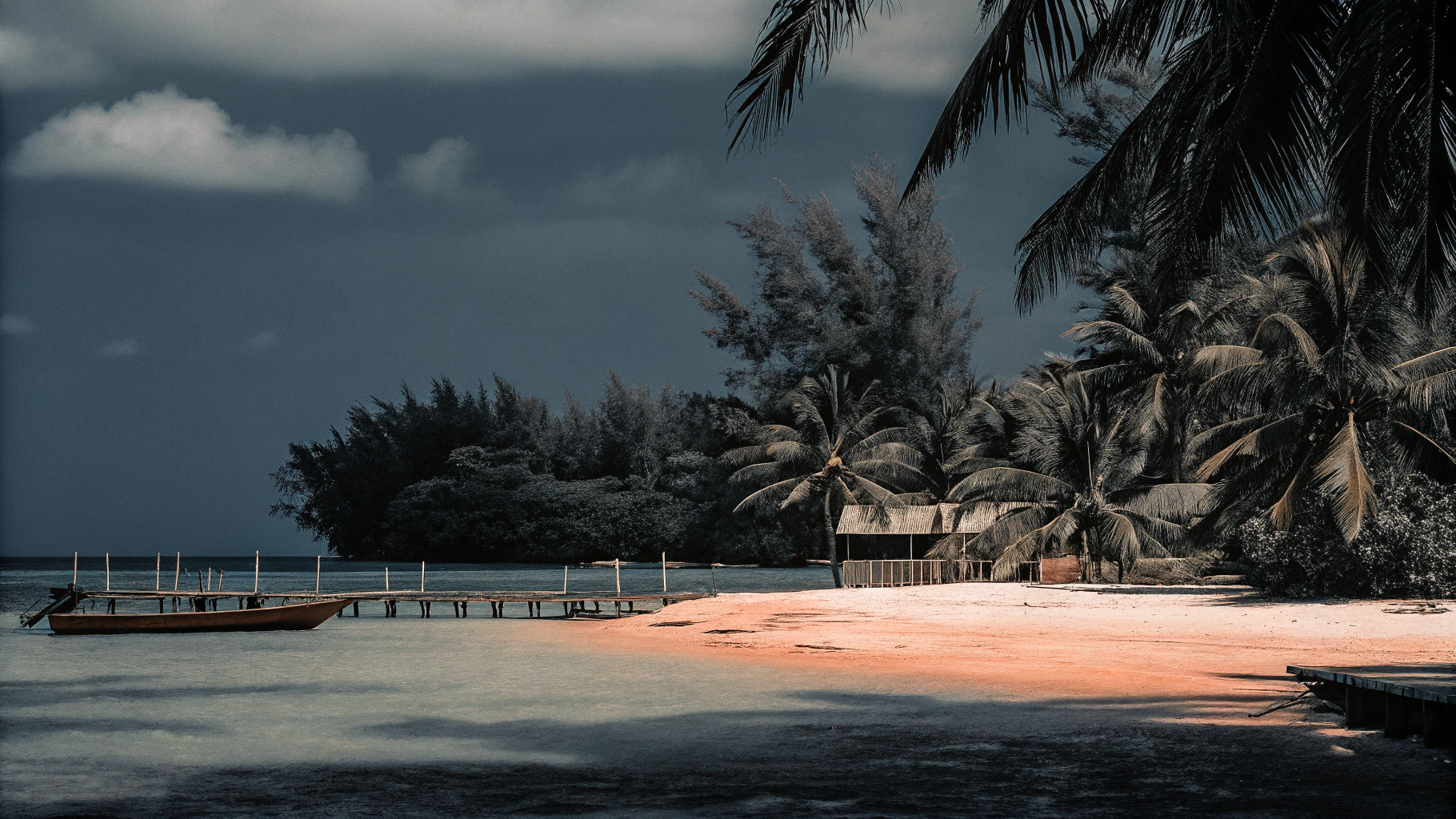

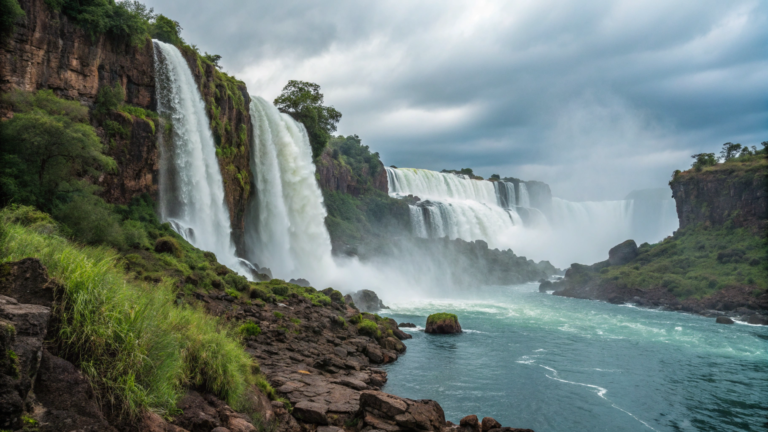
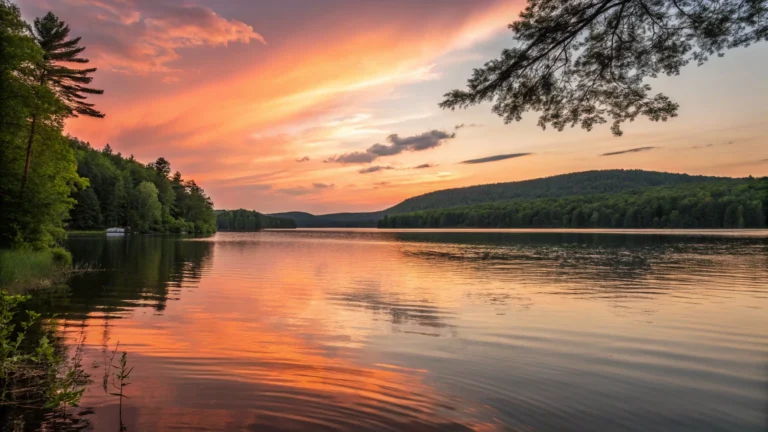
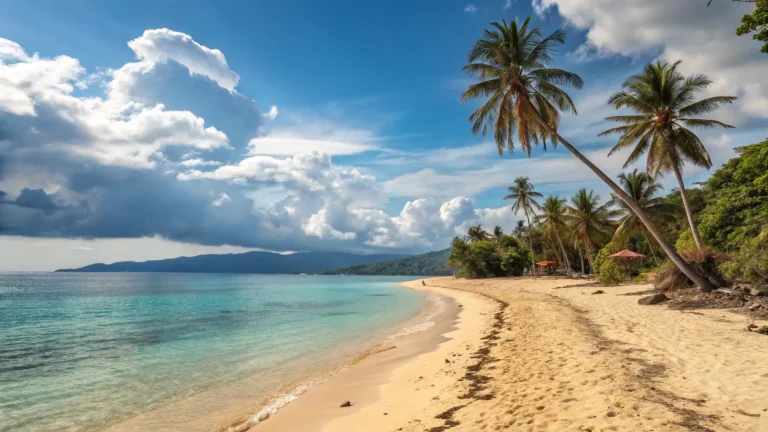

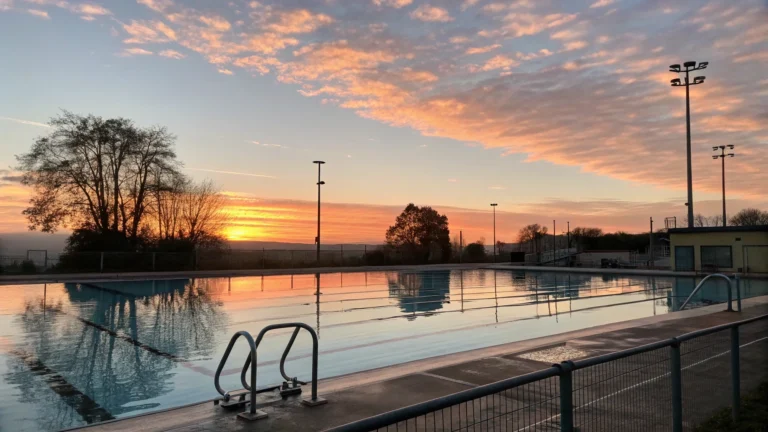
One Comment